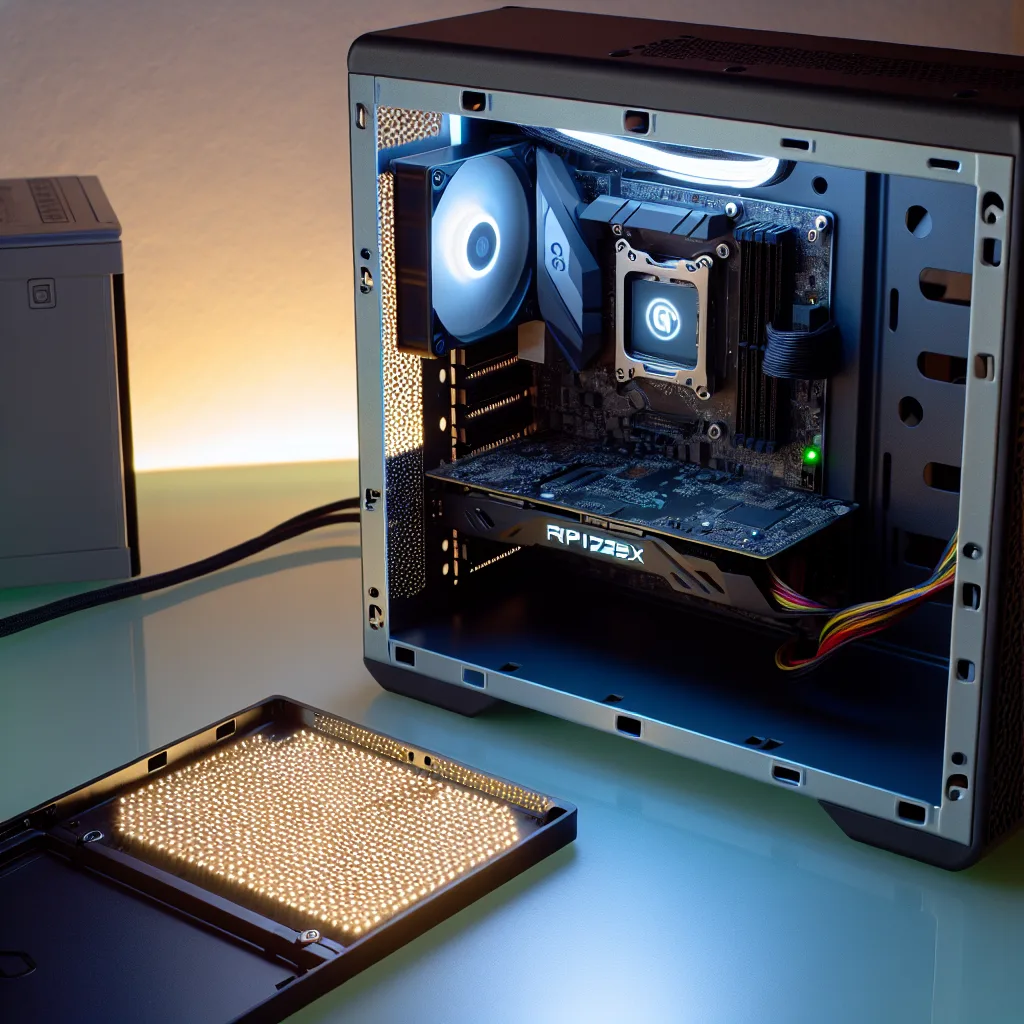Upgrading a compact Dell Optiplex into a powerful OPNSense box with Ryzen 5950X
If you’ve ever played around with PC hardware, you know how tempting it is to squeeze new life into old systems. Recently, I took on a challenge: getting a Ryzen 5950X running on a Dell Optiplex 5055 Small Form Factor (SFF). Sounds nuts, right? But it actually works—and it’s pretty neat.
The Optiplex 5055 is a compact, business-class PC that Dell built with modest hardware support. Out of the box, it only supports first- or second-generation Ryzen processors, thanks to its B350 chipset motherboard. Dell’s hardware limitations usually mean you’re stuck with average performance, but I wanted more muscle for my OPNSense firewall setup. I figured, why not try crossflashing a Biostar X470 GTA BIOS to unlock support for Ryzen 5000-series CPUs?
Getting the Ryzen 5950X on this Optiplex started with swapping in a Biostar X470 GTA motherboard BIOS to replace the original B350 firmware. It’s a bit of a hack, but it worked. Suddenly, the Optiplex started recognizing the Ryzen 9 5950X, a high-end CPU usually reserved for much more powerful systems. The best part? It all fits inside the tiny SFF case, which I mount neatly on my 2U Racknex Optiplex rack mount. The compact size combined with that powerhouse CPU is great for a home network firewall or server.
Right now, I’m still figuring out how to handle display output because the setup leans toward console output for now. That’s not the biggest issue since I mainly need it working as an OPNSense box, which means routing and firewalling, all running on this beefy Ryzen CPU.
Power is another part I’m upgrading. The current power supply in the Optiplex isn’t enough for the Ryzen 5950X, so I’m planning to swap it out for a Silverstone 600W FlexATX power supply. That’ll provide the juice needed for stable operation plus support for additional expansions like the X710-T4L network card I plan to use.
Why go through all this trouble? Well, building a robust OPNSense box with a Ryzen 5950X gives you serious processing power for handling complex network tasks without the noise and size of a traditional server. Plus, it’s a fun project that steps way outside the usual upgrade path.
If you want to try this yourself, be prepared for some BIOS flashing risks and power supply modifications. Crossflashing BIOS should always be done carefully—there’s plenty of detailed advice on sites like TechPowerUp and Biostar’s official support page. Also, planning power and cooling is crucial when fitting a 16-core CPU into a small case.
In the end, this little Optiplex box transformed into a powerful and compact network appliance. It’s a reminder how with some creativity and a bit of determination, older systems can sometimes surprise you.
Why Choose Ryzen 5950X for an Optiplex 5055?
The Ryzen 5950X offers 16 cores and 32 threads, which is massive for an SFF machine. Whether you’re running multiple VMs, VPN traffic, or heavy firewall rules, this CPU handles it all smoothly. Pairing it with a small, inexpensive chassis like the Optiplex 5055 is a blend of power and practicality.
Tips for BIOS Crossflashing and Compatibility
- Always back up your original BIOS before flashing.
- Use stable BIOS versions that other users have tested for your specific motherboard model.
- Be ready with a recovery method, like a USB BIOS flashback, in case something goes wrong.
Preparing Your Power Supply and Cooling
Upgrading to a 600W Silverstone FlexATX PSU means your system won’t struggle under load. Also, ensure good airflow; Ryzen CPUs run hot, especially in smaller cases. Consider aftermarket low-profile coolers designed for tight spaces.
For more on OPNSense setups, check their official docs at OPNSense.org.
This project is a fun mix of DIY hardware hacking and practical network engineering; I love seeing what old gear can really do when you think outside the box.
